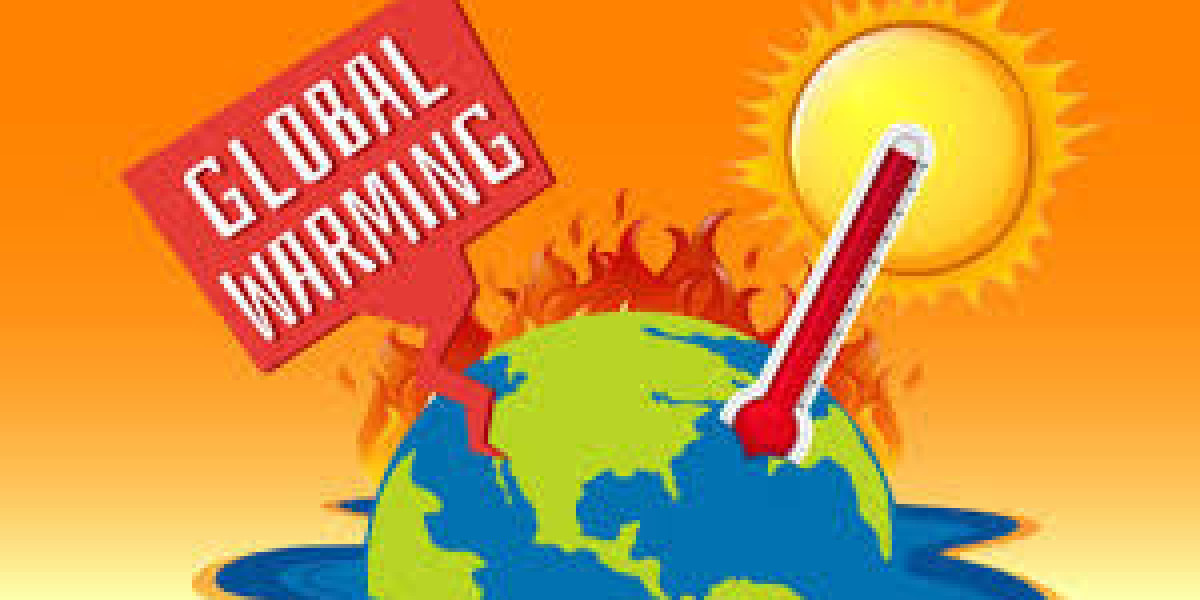Global warming continues to accelerate at an alarming pace in 2025. According to the World Meteorological Organization (WMO), this year is on track to become the second or third warmest year ever recorded, with global temperatures averaging about 1.42°C above pre-industrial levels. Scientists warn that the 1.5°C threshold set by the Paris Agreement may soon be surpassed, marking a dangerous milestone for the planet.
Despite global pledges to curb emissions, greenhouse gas levels keep rising. In 2024, emissions grew by 2.3%, reaching a record 57.7 gigatonnes of CO₂-equivalent. Current climate policies, if unchanged, could lead to an overall temperature rise of 2.3°C to 2.5°C by the end of this century. This trajectory significantly exceeds safe limits, heightening risks of extreme weather, sea-level rise, and irreversible ecosystem damage.
The impacts are already visible across the globe. Polar ice continues to melt, oceans are heating up, and sea levels are climbing faster than ever before. The Arctic is warming nearly four times faster than the global average, while tropical regions are experiencing record-breaking heatwaves, floods, and droughts. These events threaten agriculture, biodiversity, and human health, especially in vulnerable nations.
Experts warn that every fraction of a degree matters. Crossing the 1.5°C mark would intensify storms, floods, wildfires, and heatwaves—events already growing in both frequency and severity. To prevent catastrophic consequences, urgent global cooperation is needed to accelerate renewable energy adoption, end fossil fuel dependence, and strengthen adaptation measures.
In summary, 2025 stands as a critical turning point. The planet is warming faster than ever, and the window to act is closing rapidly. Humanity’s collective response in the coming years will determine whether we stabilize the climate—or face an increasingly uninhabitable world.






